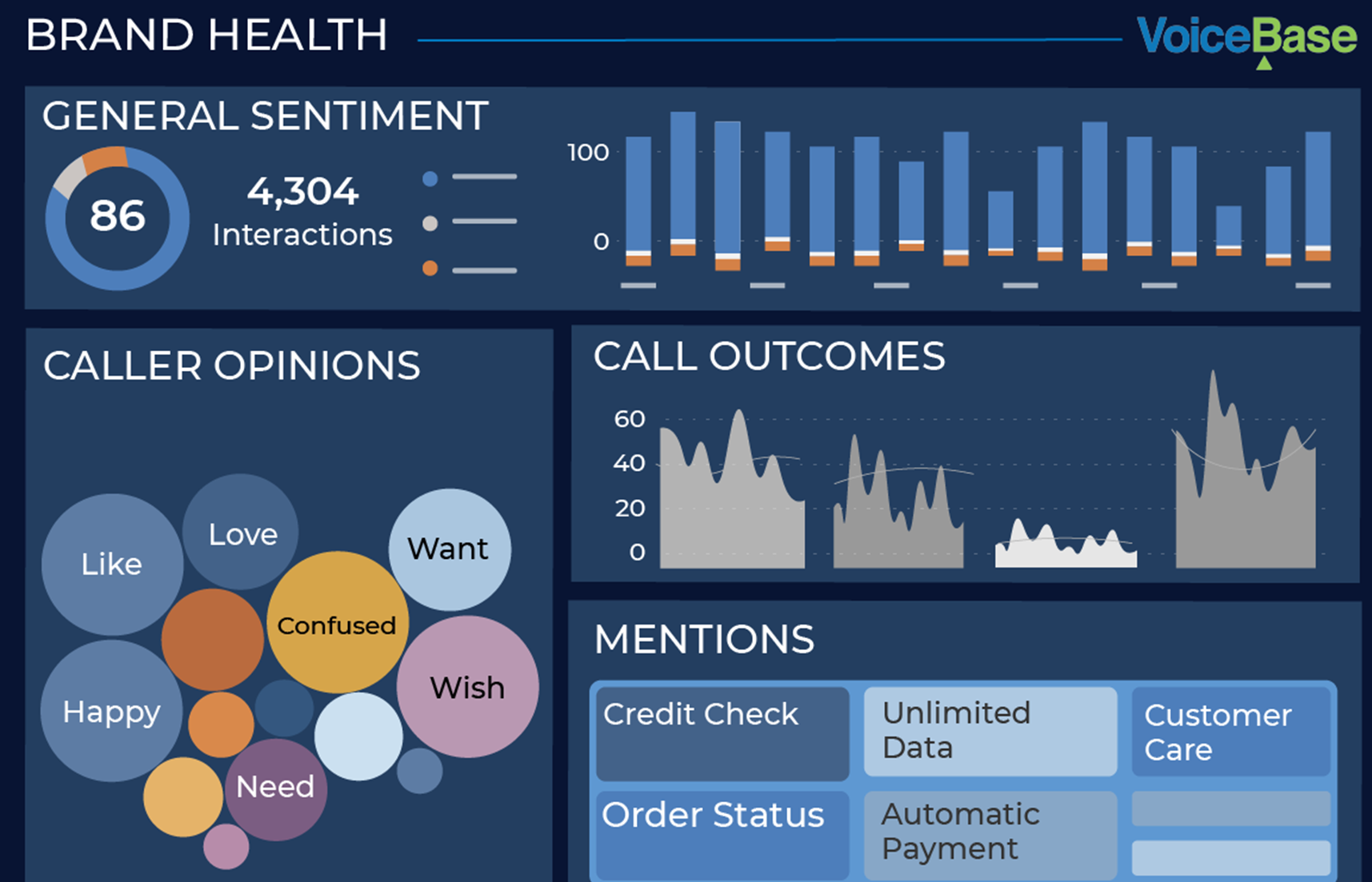Are You Hearing Voices?
Many organizations are hungry to understand what customers and prospects think of their brand, products, services, and unique relationship. To this end, organizations are trying to move from reactive responses to negative experiences to proactive real-time action at the time of both positive and negative interactions. There is a movement to more sentiment analysis by supporting this shift, leveraging emotion AI and other forms of opinion mining to help spot, extract, and quantify subjective information around the customer’s voice in real-time. Leveraging natural language processing, voice/text analytics, computational linguistics, and biometrics are becoming a strong trend.
Maybe You Should be Listening:
The cost of not listening after the damage is evident is not smart to do business today. When an organization hears phrases like “Can you believe this?”, “Shame on them,” “Let’s get ’em,” or “Do the right thing” in social media streams, it’s getting to the point of damage. If there are positive responses, organizations would be foolish not to take advantage of those beautiful gems of customer delight. It is important to sense harmful and helpful responses in social media, tapping into real-time sentiments in the middle of voice interactions happening in the servicing channels.

What Should Organizations Listen to?
Organizations should be listening for brand health, product/service satisfaction, and the overall relationship. Listening to mentions of the competitor’s names is essential and usually means you are under pressure of some kind. The customer is either growing in frustration or is beyond their tolerance for unsatisfactory service. Voice inflections will tell you if it is just a need or a real frustration. It is essential to distinguish between a want or a wish or a real need. Of course, listening for the good news is just as important, so knowing if your customer or prospect is happy and loves the service they are getting is a great thing. Listening for the positive is particularly vital if you want to upsell or cross-sell a customer.
What are the Typical Indicators to Focus on?
There are everyday things to listen to for sentiment. If there is a lot of customer silence, they may be learning or just controlling their emotions. Listen for overtalk where the agent is pushing their script over customer needs. Also, listen for impatient customers that feel that they are not being heard; they overtalk the agent and their talking script. These calls are great for training, but real-time action is the first prize.
It is also essential to listen to the drivers for the calls to determine if there are positive or negative trends forming. Customers will let you know what they want, so it is essential to focus on their goals, not just the CPA driven goal of reducing time to apparent resolution. This kind of listening helps in improving first call resolution and even net promoter scores (NPS).
Net; Net:
It’s crucial to spot bad customer experiences early in your contact center. Voice and text analysis in real-time leveraging AI helps ferret out real sentiment analysis. Finding the right combination of digital technologies is much easier today than even a year ago. Many options will help improve customer relationship metrics. Voice is the growing approach today as it captures the real customer sentiments before the relationship breaks down and organizations are trying to bandage a large wound without much success.
Are you listening to the true voice of your customers?



